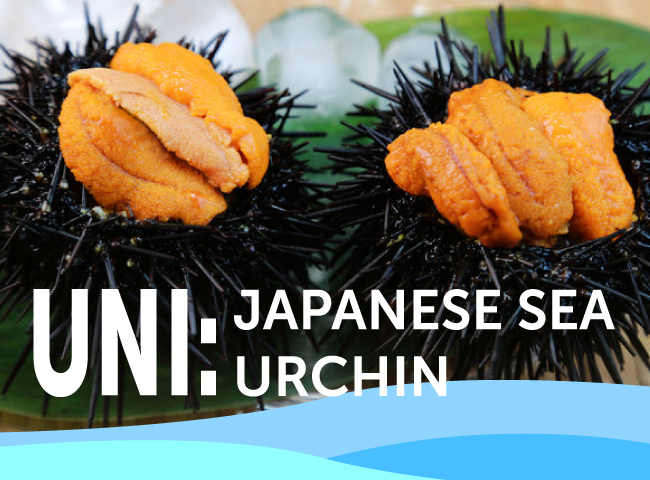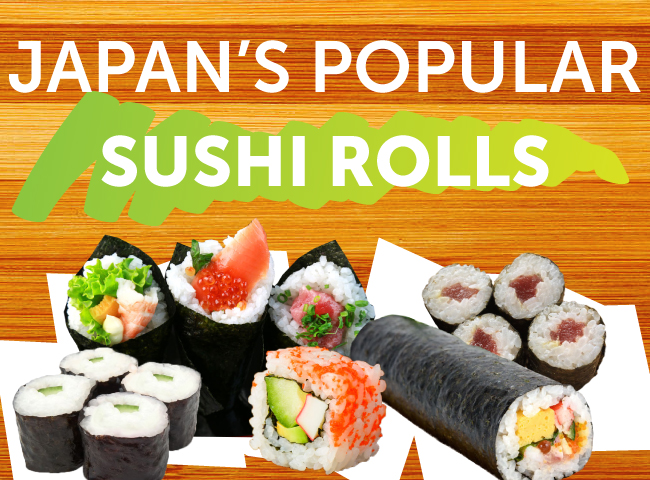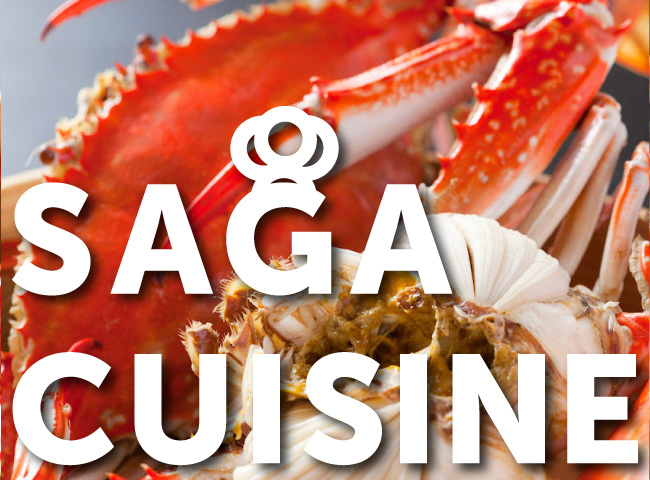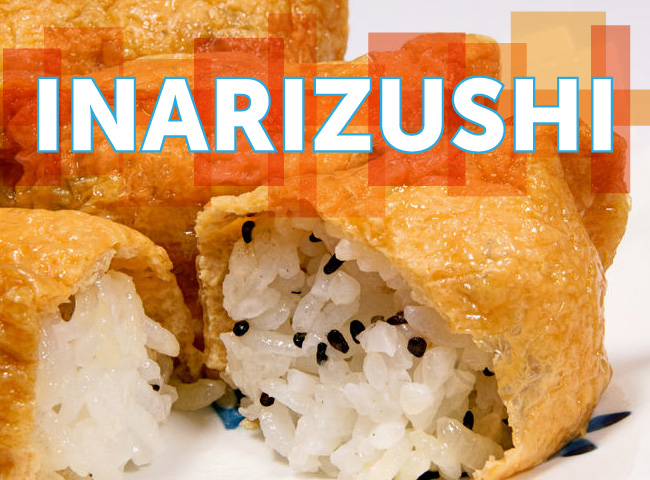Oysters in Japan - Everything You Need to Know
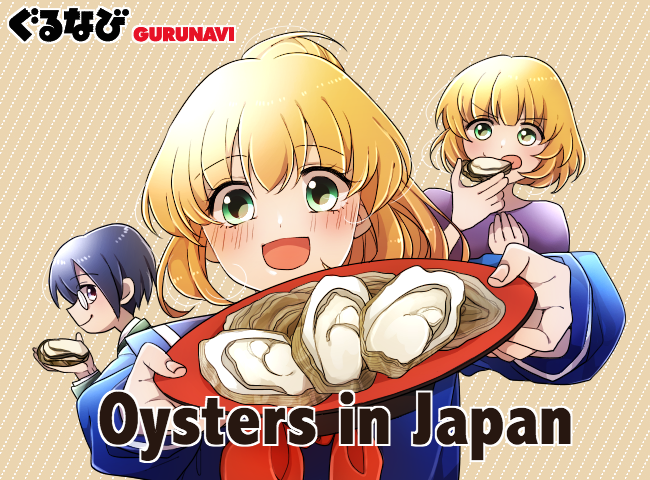

Oysters are a delicacy enjoyed the world over, and are often referred to as “sea milk” due to their high nutritional values - proteins such glycogen and amino acids, and minerals such as calcium and zinc. Japan is fortunate to be home to numerous oyster varieties, which have been consumed in Japan since the Jomon period (ca. 10,500 – ca. 300 B.C.). Japanese oysters have even been introduced around the world to help replace depleted local stocks.
Pacific oysters, which are in season in winter, and Iwagaki oysters, which are in season in summer, are the two main types of oysters in Japan. Iwagaki oysters are distinctly larger than Pacific oysters, and most of them are harvested from the wild. Read on to learn about the different areas where oysters are found in Japan, and the many delicious ways to eat oysters.
The Main Japanese Oysters Regions
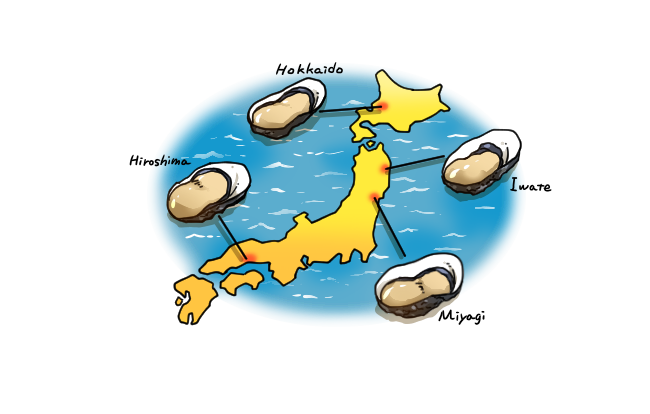
There are several famous oyster-producing regions in the country, each with their own famous oyster varieties.
Hokkaido
Hokkaido prefecture in northern Japan is famous for its seafood, and oysters are no exception. The cold sea around Akkeshi Bay in the northernmost part of Hokkaido is rich in the phytoplankton that oysters feed on, and provides optimum temperatures even in the summertime, making it possible to grow and harvest Pacific oysters year-round. Oysters from the Akkeshi Bay are labeled “Kakiemon” brand oysters and are notable for their depth of flavor and plump, juicy flesh.
Miyagi
Miyagi prefecture in the northeast Tohoku region of Japan is located on the Sanriku Coast, a fertile breeding area for oysters. Miyagi prefecture is famous for its “Maruemon” brand of oyster, cousin to Hokkaido’s Kakiemon oyster. Although oysters could not be harvested from Miyagi for some time following the 2011 Tohoku earthquake and tsunami, in recent years Miyagi oysters are starting to be eaten again.
Hiroshima
Hiroshima is the top producer of oysters in Japan, with a long history of oyster farming that goes back to the 1500s. Oysters are grown on the Seto Inland Sea, where the calm and nutrient-rich waters of the Hiroshima Bay create an ideal oyster-breeding environment. During peak oyster season in the region, starting from late January each year, Hiroshima Oyster Road opens up along the seashore with numerous dining establishments from casual oyster shacks to more formal restaurants.
Iwate
Iwate is another Tohoku-area prefecture on the Sanriku coastline that’s famous for its oysters. Seafood from this region is famous worldwide, particularly the succulent Hanamigaki oysters available in the springtime that grow three times larger than winter oysters. Traditionally, women free divers called “ama” harvested wild oysters from the sea in this region.
Ways to Eat Oysters in Japan
Oysters in Japan can be enjoyed in a number of ways, from fresh and raw to steamed, grilled, baked, deep-fried, or cooked together with other ingredients in a hot dish.
Raw (Namagaki)
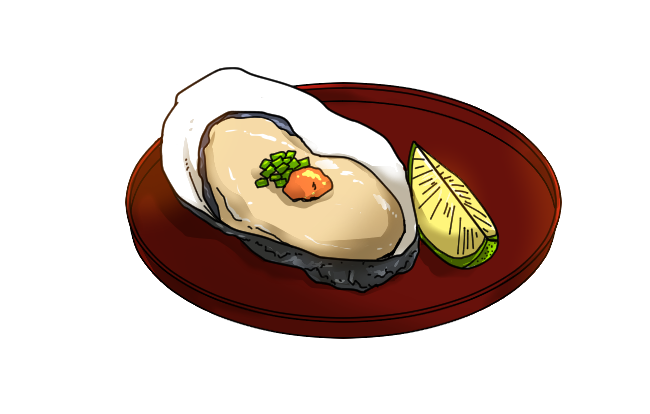
Raw oysters, called namagaki, are eaten shucked or on the half-shell with a bit of acid, such as vinegar, ponzu citrus dressing, or momoji-oroshi (grated daikon radish with chili oil). Raw oysters have a creamy texture and a sweet and lightly briny flavor. Only the freshest oysters can be eaten this way, and Japanese oysters are harvested and processed under rigorous standards to make them safe for eating raw.
Oyster Sushi

Oyster sushi comes mainly in two ways: nigiri-zushi and gunkan maki. Nigiri-zushi features a ball of sushi rice topped with shucked raw oyster, while gunkan maki (or “battleship” sushi) features a piece of nori seaweed wrapped around sushi rice. The seaweed creates a boat-like shape that makes it ideal for holding softer toppings such as oyster.
Fried Oysters (Kaki Furai)
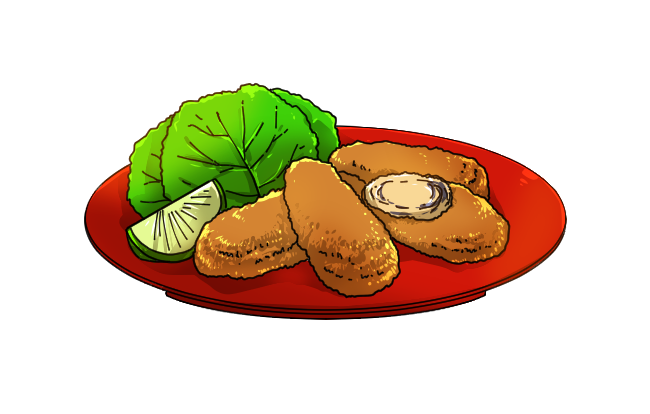
Kaki furai is one of the most popular ways to eat oysters in Japan. It is a dish of breaded and deep-fried Japanese oysters. Kaki furai is typically served with thinly julienned raw cabbage and eaten with a fresh squeeze of lemon and tartar sauce or sweet and savory Worcestershire sauce. The crisp breading provides a wonderful contrast to the plump, juicy oyster meat.
Steamed Oyster (Mushi-gaki)
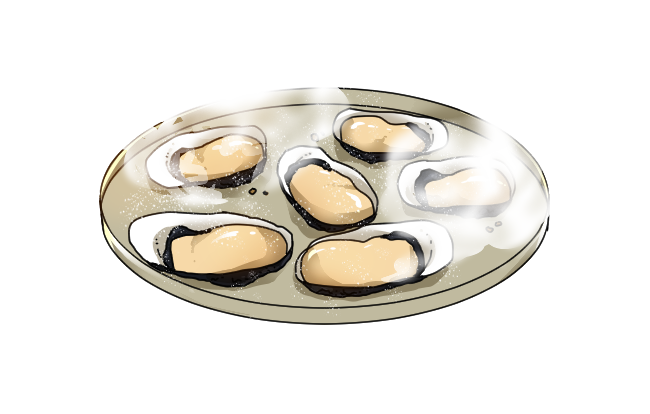
Steamed oysters, called “mushi-gaki” or “kaki no mushiyaki”, are fresh oysters steamed in their shell. Oyster huts along the Iwate coast are famous for offering this dish from the autumn through the springtime. It’s a simple dish that can also be easily prepared at home—simply place whole oysters that have been scrubbed clean on a steaming tray over liquid, cover, and steam for approximately 5—10 minutes.
Grilled Oysters (Kaki-Yaki)

Kaki-yaki is a dish of oysters grilled on the half shell, seasoned simply with sea salt. Grilling the oyster in its own shell preserves the delicate texture of the oyster meat. On the shores of the Seto Inland Sea, it’s popular to grill oysters at small huts set up along the bay.
Oyster Hotpot (Kaki No Dote Nabe)
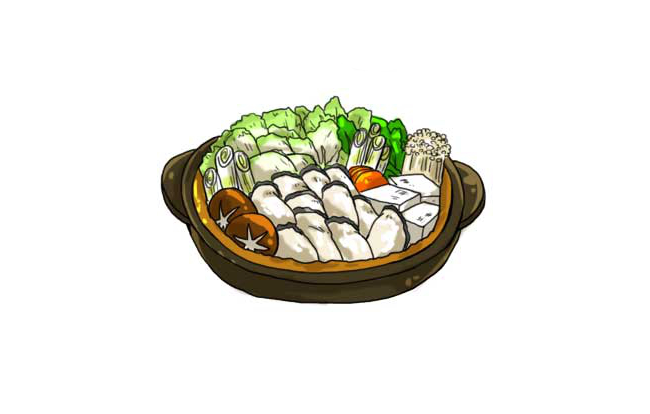
Kaki no dotenabe is a popular way to eat oysters in Japan, and is a specialty hotpot dish from Hiroshima prefecture. The meal features thick and juicy oysters simmered with broth, vegetables, and broiled tofu. The dish is cooked in an earthenware pot lined with sweet miso bean paste, which can be mixed into the broth for more flavor. It’s typically enjoyed with a fresh squeeze of lemon.
Oyster Mixed Rice (Kaki-meshi / Oyster Takikomi Gohan)

Kaki-meshi, also known as oyster takikomi gohan, is a dish of cooked rice and oysters. They’re steamed together with soy sauce, sake, and dashi stock for a deeply flavorful dish. Ingredients like seasonal mushrooms, chives, and fresh ginger can also be added.
Oyster Ajillo
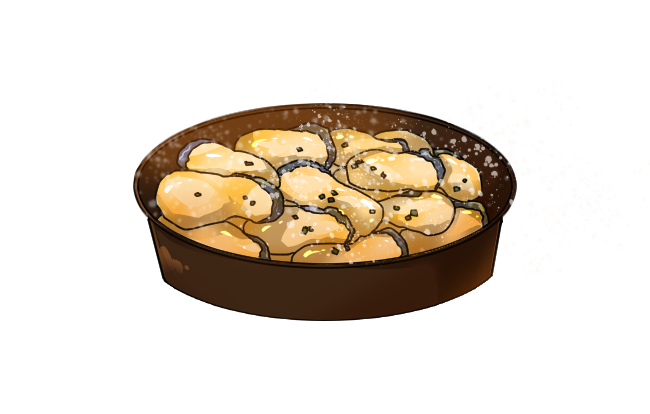
Ajillo is a Spanish tapas dish of shrimp, mushrooms, or vegetables cooked with garlic in olive oil. It can be enjoyed with a baguette for dipping into the flavorful oil. In Japan, oyster ajillo has become a highly popular Western-style dish for enjoying oysters.
With so Many Ways to Eat Oysters in Japan, There’s a Japanese Oyster Dish for All Tastes
Whether an experienced oyster lover or new to the world of this delightful shellfish, you’re sure to find an oyster dish you enjoy in Japan, home to some of the world’s most delicious oysters. Visit Gurunavi’s restaurant listings for a complete guide to the best places to eat oysters in Japan.



